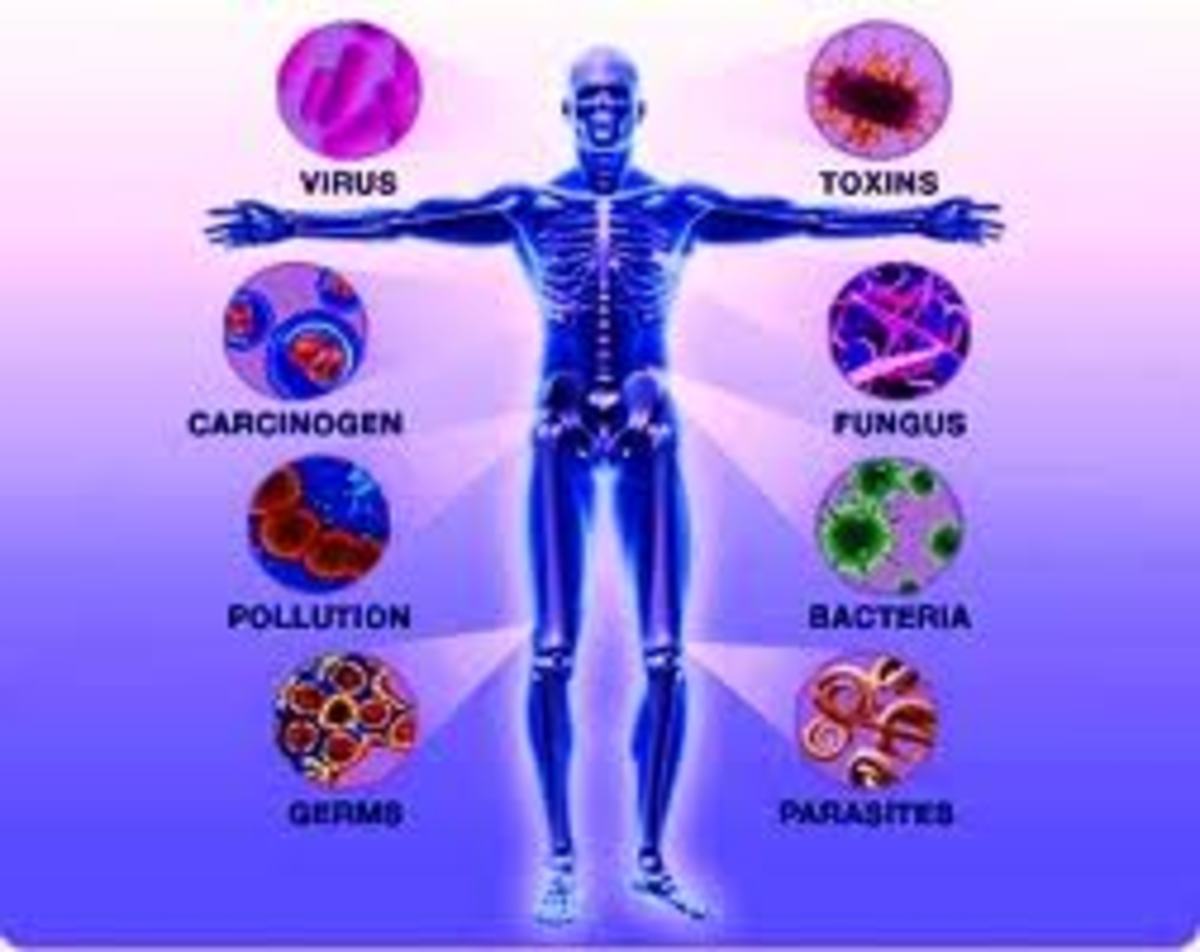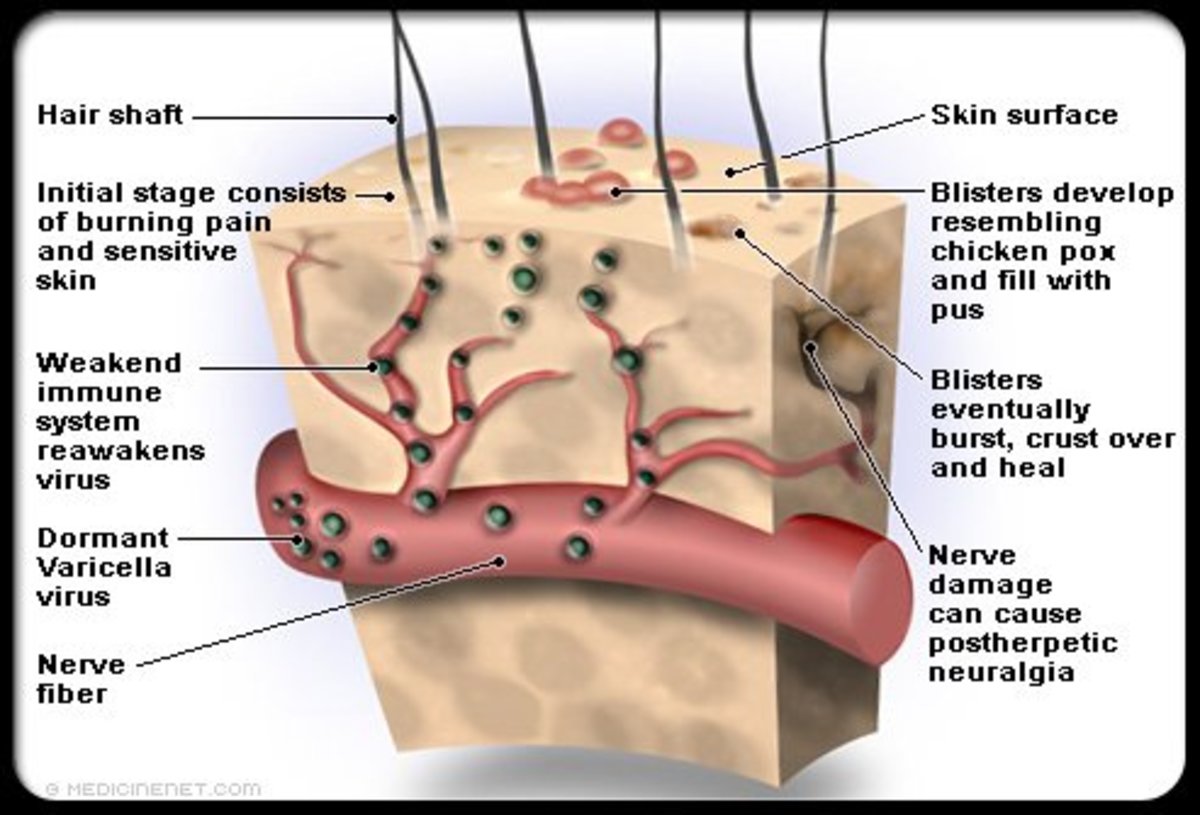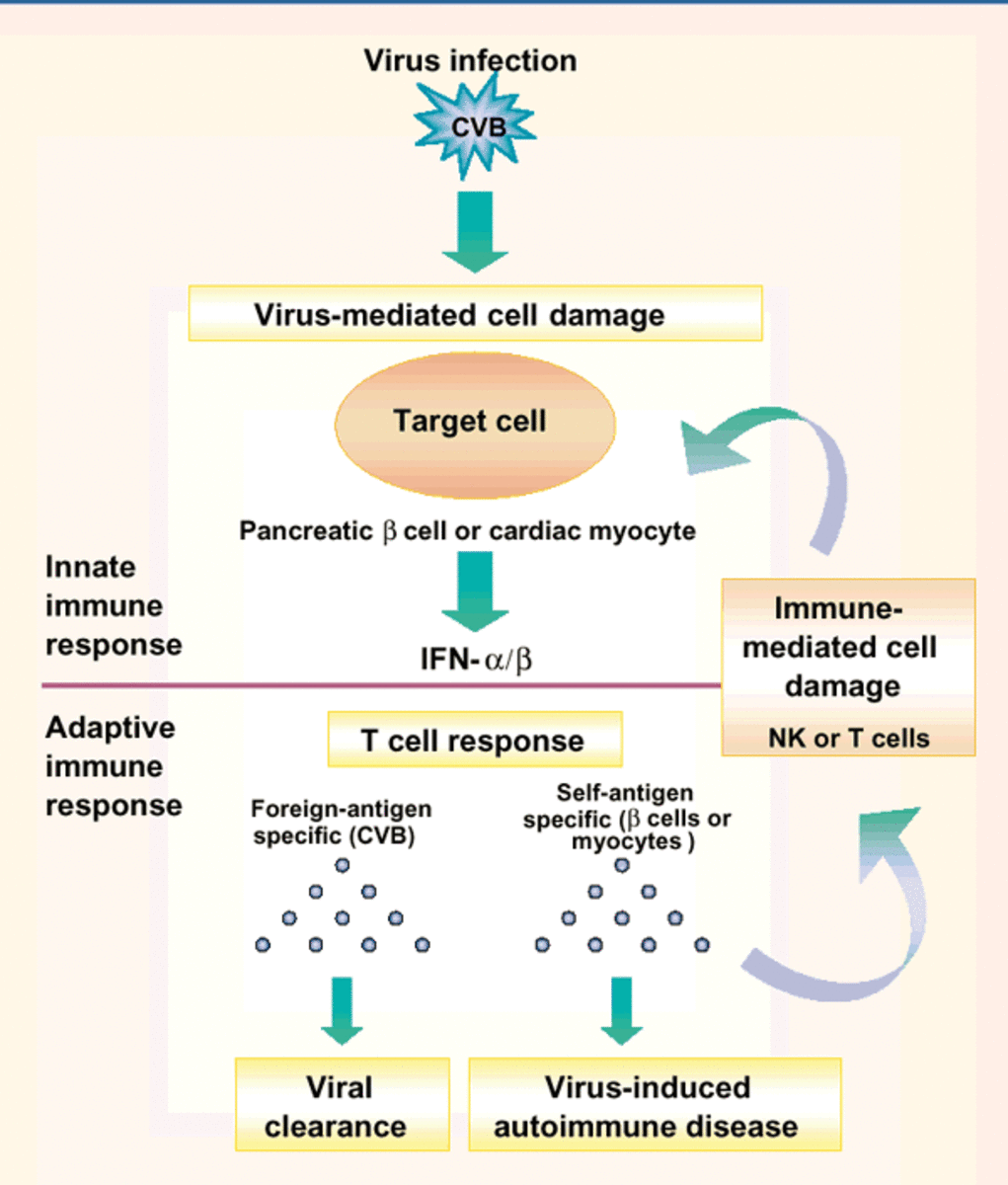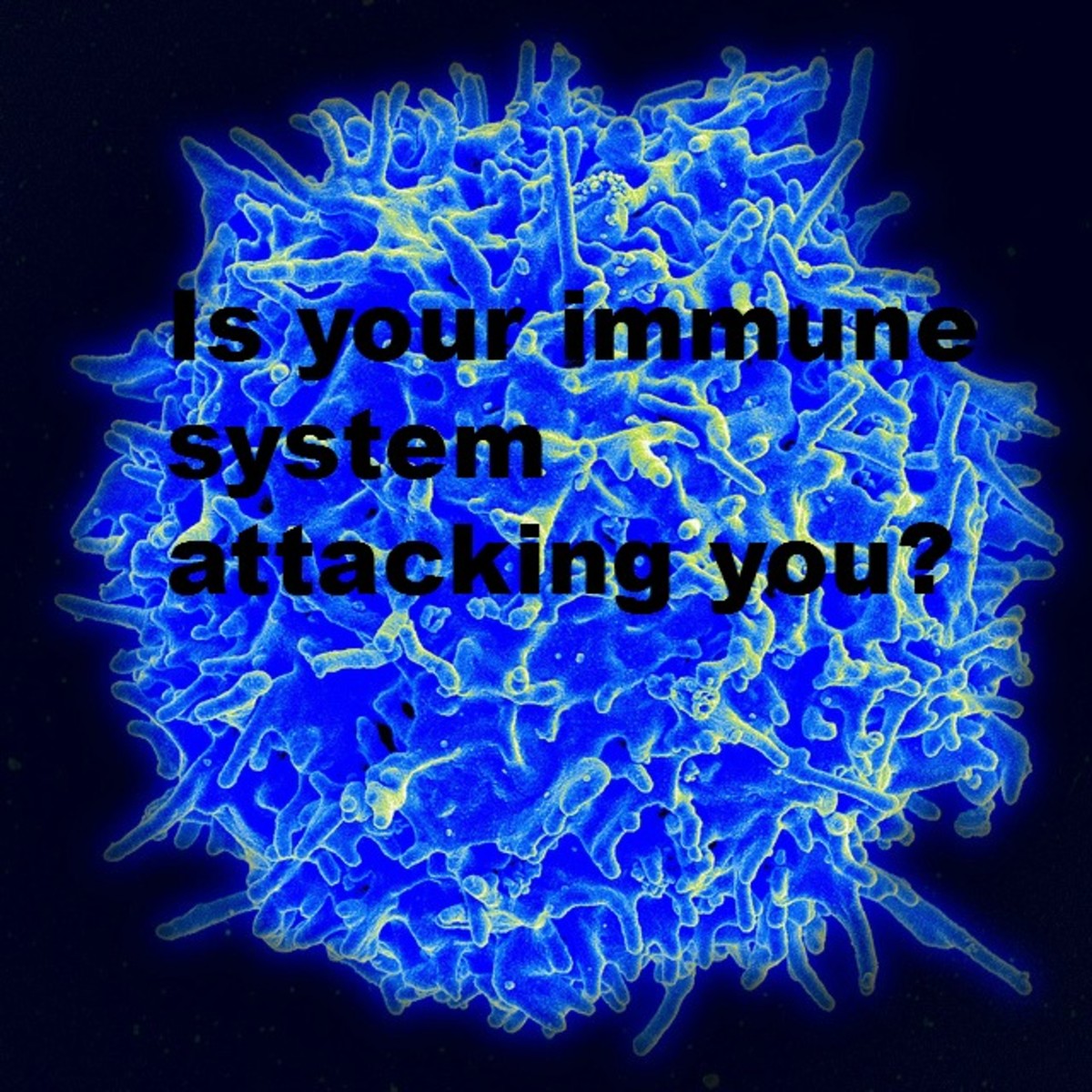Re-orientation on Immune System to Include the Modern Aspect
Arteries with plaque caused by free radicals or reactive oxygen or both.
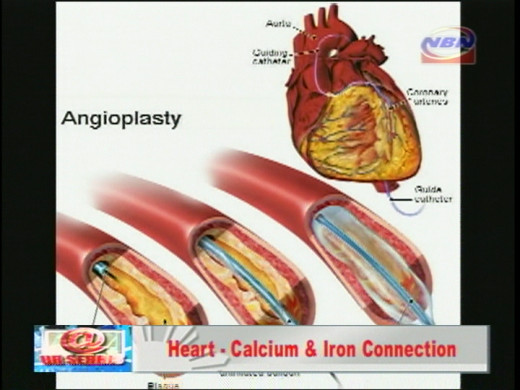
The immune system must include anti-free radicals and derivatives
We are familiar with the immune system as a natural defense of the body against germs like fungus, bacteria, protozoa and virus.
Immune system of germ theory
This immune system is derived from the germ theory of disease, that is, some diseases are caused by germs. This theory was inaugurated by Louis Pasteur in 1841-44. The first practitioner was Edward Jenner who vaccinated a boy against smallpox. Pasteur was the first to vaccinate against rabies that is caused by virus. Robert Koch discovered the vaccine against tuberculosis. Alexander Fleming discovered penicillin as protection against certain bacteria. All vaccines and antibiotics operate within the germ theory of disease.
Familiar components of this immune system are macrophage, neutrophils, antigen, antibody, T-killer cell, T-helper cell, memory cell and suppressor cell.
Some authors classify the immune system as adaptive and innate. The innate kind is fast to react but it is short-lived. The adaptive kind is slow to react but is longer lasting (Albright, J. F. and J. W. Albright. Aging, Immunity, and Infection. 2003).
Some components of the innate kind are receptors that are: (a) pattern recognizing, (b) binders, (c) toll binders, and (d) scavenger receptor (to which the macrophage and neutrophil belong).
The pattern-recognizing receptor is like a hole in the membrane of the cell with a definite shape and size that are hard to change by mutation. It is a strainer that will not allow a germ that it recognizes by means of shape and size. If it were round, it will not allow a bacterium that is spherical to pass through.
A binder will stick to a kind of microbe and does not allow it to enter the cell to cause infection.
A scavenger receptor engulfs a germ and digests it. It also engulfs asbestos fiber. Another important role of a scavenger is that it disposes off dead cells owing to apoptosis. This is programmed cell death that does not involve inflammation. All cells of the body have life spans that when they reach such limit they naturally die. A blood cell has a life span of 140 days, that is, it apoptoses in 140 days, engulfed by macrophage and disposed off from the body.
An antibiotic is an enzyme from a certain kind of germ that dissolves the cell wall of another germ. Once the cell wall had been destroyed the inner components of the cell are scattered resulting in death of the germ. Sometimes the antibiotic destroys some inside parts of the target germ.
However, an antibiotic cannot kill a virus. A virus is either DNA (ribonucleic acid) or RNA (ribonucleic acid). In biology, a virus is dead or it is not living; it is not a cell. The strategy against the virus to protect the body from its kind of infection is not to allow the virus to get into any cell. That is what vaccination does. The reason is that once it gets inside a cell, the virus becomes alive. (Although a virus “looking” for a hole in the cell membrane to get inside is a characteristic of a live entity.) A DNA virus commandeers the RNA of a host cell. A RNA virus reconstitutes the information code it contains into the DNA of the host cell. The new cells produced by the host cell are virtually virus that contain the information code of DNA, whether native or reconstituted.
Free radical theory of degenerative disease
However, there are diseases that this familiar immune system cannot protect against. Take stroke or heart disease (narrowing of heart artery). In the first place these diseases are not caused by germs. That is why the immune system along the germ theory of disease is not effective against them. Or it had not been designed (either by evolution or creation) for them.
Stroke and heart disease are called degenerative diseases. They are caused by free radicals and reactive oxygen species (ROS). There are several degenerative diseases like lupus, arthritis, osteoporosis, psoriasis, Parkinson's disease, Chrone's disease, diabetes, cancer (over 200 kinds), Alzheimer's, endometriosis, hypertension, aneurysm, cardiomyopathy, arrhythmia, rheumatic heart, and more.
A free radical is any atom or molecule or fragment of a molecule with at least one unpaired electron in its outermost orbital. Orbital is a path of electrons that spin around the nucleus. Atomic oxygen is an example of a free radical. It has eight electrons and three orbitals. Its first orbital, labelled K, is occupied by two paired electrons. Its second orbital, labelled L, is occupied by four paired electrons and two unpaired electrons. The third orbital, labelled M, is empty that makes atomic oxygen attractive to other elements, making for several compounds of oxygen. The two unpaired electrons spin around the nucleus in parallel direction.
Molecular oxygen, the kind that we breathe, is composed of two atoms of oxygen. This time, the two unpaired electrons spin around the molecule.
The unpaired electrons are unstable and to attain stability, each seeks another electron to pair with. That electron usually belongs to another molecule in the neighbourhood. That pairing is actually grabbing an electron. The molecule whose electron had been grabbed is injured. That injury sometimes results in tumor or cancer. In the case of stroke or heart disease, the result of grabbing is a non-malignant tumor called atheroma.
The body attempts to repair atheroma with collagen, elastin, fibrin and cholesterol. Calcium comes in later that serves as cementing agent (Cranton, E., MD. Bypassing Bypass. Updated second edition. 1995). This repair job turns awry. A mound on the atheroma grows and if more debris and cholesterol pile up on it, it turns into a plaque. That plaque lessens the amount of blood that flow in the artery.
Lack of blood and thus oxygen in the heart results in angina or heart attack. Lack of oxygen in the brain results in stroke (either ischemic or hemorrhagic).
Examples of free radicals are atomic oxygen, molecular oxygen, ozone, singlet oxygen and superoxide.
Examples of ROS are hydrogen peroxide, hydroxyl radical, alkoxy radical, lipid peroxide and peroxynitrite. A ROS is a derivative of a free radical. The enzyme superoxide dismutase attaches one proton and one atom of hydrogen to superoxide and turns it into hydrogen peroxide (Sharma, H. Freedom from Disease. 1993).
A ROS acts like a free radical in grabbing electrons from a neighboring molecule. You can witness the action of hydrogen peroxide. Get a grade 30 H2O2, pour it on a drop of frog blood. The blood will produce bubbles then disappears. That process is called oxidation. Free radicals and ROS cause oxidation. They are oxidants.
Water in the body, due to radiation or heat, produces ionized hydrogen or hydroxyl radical; a hydroxyl when it reacts with another hydroxyl produces hydrogen peroxide; metabolism produces superoxide (O2_) free radical; superoxides beyond the control of superoxide dismutase produce singlet oxygen (Cranton, 2nd ed.). Heat from the sun reverses the spin of one unpaired electron of molecular oxygen and turns it into singlet oxygen (1O2), according to Prasad (Heavy Metal Stress in Plants, 1999, page 103; 1O2 can be stopped by carotene that absorbs the heat which is lost as heat (Encyclopedia Britannica 2008). A minimum energy of 1216 kl/mol removes an electron from water, which is lower than that given off by alpha particles and ultraviolet rays which cause skin cancer (Brown, Lemay, and Bursten. 1997. Chemistry the Central Science, 7th ed.). This means that sunlight can easily produce singlet oxygen or hydroxyl radical that starts a tumor or cancer of the skin called melanoma.
Modern view of immune system
It also includes the body’s natural defense against free radicals and oxidizing agents generated by metabolism, drugs, and environment like cigarette smoke, and ionizing radiation (electromagnetic waves and particles). Such defenses are called antioxidants, built-in or native to the body, and supplement like vitamins.
Anti-free radical components and derivatives:
(1) Superoxide dismutase (SOD), the body’s built-in antioxidant enzyme that stabilizes superoxides. If aerobic organisms, like man, did not have SOD, they would die. Progeria is a disease due to the inherited absence of antioxidants. The victim dies of old age when still a teenager (Cranton, 2nd ed.). SOD dismutizes superoxide into hydrogen peroxide, a reactive oxygen species that behaves like a free radical. It would appear that SOD does not help in immunity. Wait.
(2) Glutathione peroxidase (built-in) dismantles hydrogen peroxide into safe water (Sharma, H., MD. 1993. Freedom from Disease, page 115).
(3) Glutathione reductase (built-in) returns the electron glutathione peroxidase used to dismantle hydrogen peroxide into safe water, thus recycling it.
(4) Glutathione synthase (built-in) makes glutathione. Glutathione peroxidase, glutathione reductase and glutathione synthase make up the glutathione enzyme system that mainly makes man live.
(5) Melatonin, also works like an antioxidant that the body manufactures from tryptophan, or serotonin (Sahelian).
(6) 5-hydroxytryptophan (built-in), catches the free radical hydroxyl, an inter-mediate product when the body converts tryptophan into serotonin] (Champe and Harvey)
(7) Catalase (built-in), enzyme that catalyzes the breakdown of hydrogen peroxide and produce water (Champe and Harvey, page 147).
(8) Unoxidized cholesterol “is an excellent, fat-soluble, anti-oxidant, free radical scavenger, produced in the body to control undesirable free radicals” (Cranton, E. M.D. and A. Brecher. 1984. Bypassing Bypass. Ist ed., page 61).
Vitamins C, E, A (beta carotene), amino acids, B-complex, and minerals supplement the body’s built-in antioxidant arsenal. The body lacks an effective protection against singlet oxygen that is why dietary supplement (beta carotene) is needed. Vitamin A absorbs the heat that triggers molecular oxygen to turn into singlet oxygen (Cranton, 2nd ed.). An antioxidant donates an electron to free radical and makes it stable. Antioxidant enzymes, like SOD and glutathione system, can be recycled; supplemented antioxidant is destroyed upon oxidation (the chemical reaction is not reversible). Some vitamin C and E are recycled. That is why fresh supplements are needed.
The traditional view of immune system based on the germ theory of disease was formulated when the medical world knew of physical, psychological and microbial only as causes of diseases. The free radical theory of degenerative diseases was formulated only in 1962 (by Dr. Denham Harman) that establishment medicine has not fully recognized it. But the free radical theory is now making headway because its application and the benefits derived from it cannot be ignored any longer. “Antioxidant,” one of its terms is now part of the vocabulary even that of establishment medicine. ”Flavonoids,” “chelation therapy,” “phyto-chemicals,” are its other terms.




